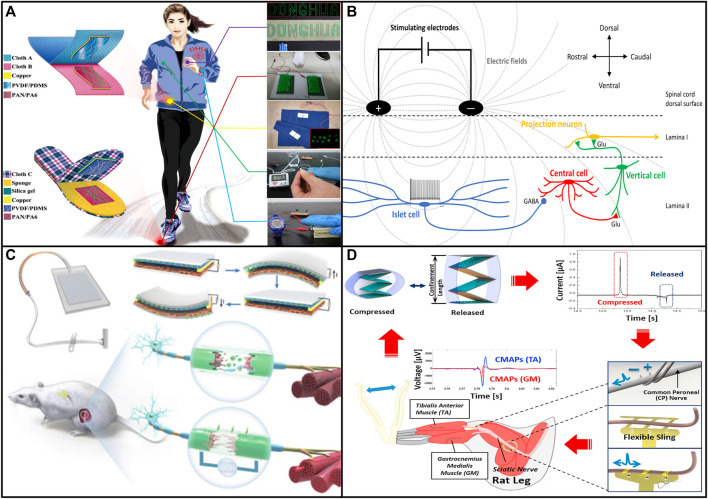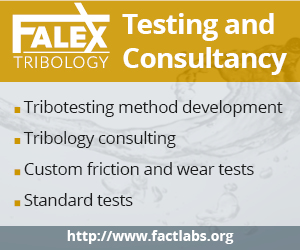PhD. Research Fellow, Prime Minister Fellowship, Bangladesh, currently working at Newcastle University, UK. Projects: 1. Macular degeneration and VEGFR-Inhibitors. 2. Molecular Imprinted Polymers and Analytical Chemistry. 3. Alternative fuel, catalyst and Nano chemistry. Research interests: Low cost Energy, Nanogenerators, biomedical devices and sensors, Triboelectricity and Piezoelectricity.
Triboelectric nano generator for spinal cord-injured patients
Table of Contents
Could we build a conductive nano-strap along with TENG (Triboelectric nano generator) for spinal cord injured patients?
Introduction
Modern treatment has been advanced so far, but the treatment of paralysed patients is not still up to the mark in respect of fast recovery, availability of medication or recovered mobility of the patient. Although many approach of drug delivery, tissue engineering technology are currently being used but the patient requires mobility supports such as wheelchairs which is not a remedy. To provide fast and effective mobility support we recommended here a triboelectric nano-generator that can work in vivo and would support and develop immediate mobility for paraplegia patients.
Background
It is interesting to know that our muscles are sensitive independently to the electric impulse regardless receiving signals from our brain or not. Although our physical motions are performed by the combined signalling system of our central nervous system(CNS) and the peripheral nervous system, the signals are carried by ion channels and they mainly carry electric impulse that initiates and activates the muscle movement (e.g. Na+, K+, Cl-, Ca+2 ion channels) and there are some specific amount of current voltages that can trigger different types of output signals (e.g. resting potential, depolarization, or hyperpolarization)[1]. To convert a successful electric signal and activate motion of muscles the depolarisation state that requires usually +30 mV to +40mV current. In case of regional spinal cord injury, the signalling pathway might break in a certain location of the spinal cord and disrupts the signals that will cause people losing movement due to impaired muscle movement such as paraplegia or hemiplegia. In these cases, the brain produces the signals well and the muscles are healthy but can not connect to each other. So, a strap-like nano-sensor has been discussed in this article that could be designed by utilising the triboelectricity nature of the sensor and provide the required electric impulse to the injured CNS patients.
 b)
b)
Figure-1: (a)The prospective sensor placement system for a nano-strap. (Image: New J. Chem., 2018, 42, 17671, DOI: 10.1039/c8nj03038c). (b) The prospective model and shape of the sensor. (Image: https://physicsworld.com/a/could-graphene-quantum-dots-help-treat-parkinsons-disease/)
The principle of TENG works using triboelectric property where two dissimilar materials come into contact and produce positive and negative electrostatic charges. When these two dissimilar material separated due to any external mechanical force, the created positive and negative charges remains in a distance and maintains an induced potential voltage difference between the upper and lower electrodes of the materials.If connected by any load or wire, this induced difference of electrical potential will drive to flow current towards an external circuit.[3]
Method
Zheng et al,2016 reported an in vivo biomedical energy harvesting triboelectric nano generator (TENG) that can provide an effective solution for the problem mentioned above. The important features notable from this specific application are such as, this sensor has been designed in the triboelectric principal and any kind of external electrical source does not require for functioning, the electrical output capacity is tuneable as required and it is able to generate DC-pulse electric field which has shown effective response to repair the damaged neuron cells. The open circuit voltage shows around highest 40 V and the corresponding short circuit current is 1μ A.[2]
Xu et all,2022 reported an in vivo nano generator that were designed for pain relief of the injured spinal cord and can use the TENG as the self-producing electronic generators and can simulate the nerve cells [3]. This system can be adjusted for regulating the paralysed patients muscle movement where the electric impulse will come from the internal triboelectric nano generator system and provide the continuous electric signal across the CNS.

Figure-2: (A) Demonstration of the NM-TENG to harvest various biomedical energy from human body,(B) Schematic illustrating proposed mechanism of action of spinal cord stimulation for pain.(C) Design and working principle of the ISR-NES system.(D) Schematic diagram of the conceptual system using flexible neural interfaces and TENGs.[Lee et al,2017;Li et al,2017;Jensen and Brownstone, 2019; Zhou et al, 2022][3]
Advantages of the TENG
To serve the purpose of movement for the injured CNS patients a new in-vivo nanogenerator might be possible to assemble where the benefits will cover the requirement of in-vivo bio nano generator along with nerve simulation and activation capacity. The extraordinary benefits are high voltage, low ampere current suitable for human peripheral nervous system activation, both implantable and wearable, low cost, the reliability, and the safety features etc. The most important point is the output current size can meet the requirement of the human nerve and spinal cord simulation.[3]
Challenges anticipated
To achieve high reliability by achieving electrical conductivity along with flexibility that does not loose conductivity for bending or twisting, can show biocompatibility, elasticity, softness to fit in-vivo or wearable.
Conclusion
From a research report of Reeve foundation in USA shows that in 2013 the total annual cost for only CNS injury treatment was roughly $ 40.5 billion and it was increased by 317% from 1998($9.7 billion) [5]. So the success of this project might save high expenditure for the health care system and also help the patients to live a better lifestyle.
References
- Zhongzhi Shi, Chapter 2 - Foundation of neurophysiology, Elsevier,2021, Pages 33-87, ISBN 9780323853804, https://doi.org/10.1016/B978-0-323-85380-4.00002-6.
- Zheng, Q., Zou, Y., Zhang, Y., Liu, Z., Shi, B., Wang, X., Jin, Y., Ouyang, H., Li, Z., & Wang, Z. L. (2016). Biodegradable triboelectric nanogenerator as a lifetime designed implantable power source. Science advances, 2(3), e1501478. https://doi.org/10.1126/sciadv.1501478
- Xu C, Zeng F, Wu D, Wang P, Yin X, Jia B. Nerve Stimulation by Triboelectric Nanogenerator Based on Nanofibrous Membrane for Spinal Cord Injury. Front Chem. 2022 Jul 15;10:941065. doi: 10.3389/fchem.2022.941065. PMID: 35910728; PMCID: PMC9334567.
- https://www.tribonet.org/news/biodegradable-triboelectric-nanogenerators-to-power- implantable-sensors/
- https://www.christopherreeve.org/living-with-paralysis/stats-about-paralysis


Be the first to comment